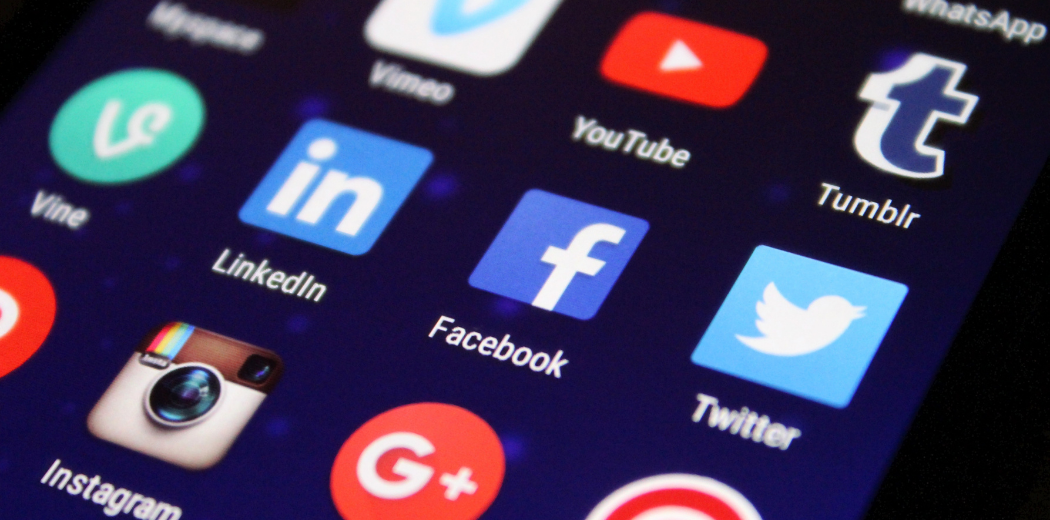This article was published as a part of the Data Science Blogathon.
Introduction
The third generation of the world wide web is called Web 3.0 and it first appeared in Tim Berners-Lee’s paper, “The Semantic Web.”
Web 3.0 has been described as an evolution of the current web, which will be characterized by seamless integration of database and web services with distributed applications and user-generated content. It will also include increased use of natural language processing, speech recognition, and machine learning technologies for improved user experience and more intelligent information retrieval, processing and communication.
The technology changes are driving a dramatic shift in how organizations can interact with their customers, such as how they connect to prospects and how they understand their markets. The change will also impact marketers’ ability to innovate by providing them with more data, tools, and insights into marketing trends and customer behavior. In response to these driving technology changes, marketers need to evolve their skillsets into digital marketing.
Marketing organizations must also evolve a broader business strategy that includes digital transformation because the role of marketing is shifting towards innovation. For example, the main goal of marketing will shift away from selling products in favor of creating customer experiences that result in brand loyalty and long-term value for the organization and its stakeholders. If marketing organizations aren’t ready for these changes, they risk becoming irrelevant.
How Web 3.0 will Shape the Future?
Web 3.0 is the third major phase of the World Wide Web. It is a web that is decentralized, where information and content are shared in a way that does not require a central server.
The first phase of the web was dominated by static websites. The second phase was about social media and user-generated content, which led to Facebook, Twitter, YouTube and Instagram dominating the market. Web 3.0 will be about the content being generated by artificial intelligence (AI) and machine learning.
As we head into this new era, it’s important to remember that AI can be used to generate fake news or manipulate people emotionally with targeted messages on social media platforms like Twitter or Facebook.
Read here about the top 10 web 3.0 technologies that will shape our future.

Image: pexels.com
A New Era for Social Media
As we head into this new era, it’s important to remember that AI can be used to generate fake news or manipulate people emotionally with targeted messages on social media platforms like Twitter or Facebook. The recent election is a prime example of how social media has changed the world, and it’s clear that the internet is no longer the safe place it once was.
So what can we do? We need to increase awareness of these algorithms and their effects on our society, to protect ourselves from fake news and other deceptive content that may have a negative effect on our mental health and well-being. The internet should be an open space where we can discuss ideas freely without fear of being judged, or silenced. Let’s make our voices heard and demand companies stop exploiting algorithms to manipulate people and spread fake news.
Benefits of Web 3.0
Web 3.0 is a new and improved version of the web that includes more features than Web 2.0. It has many benefits such as increased security, better privacy, and decentralization of data. Web 3.0 is an upcoming technology that will be a major improvement on the current web we have now – Web 2.0.
It will be based on blockchain technology and will provide users with better security, privacy, and decentralization of data to name just a few benefits. .Web 3.0 also describes a new way of thinking about the web in terms of what it is and what it can become, rather than just focusing on the present.
The Web 3.0 Manifesto was created by Tim Berners-Lee in response to Edward Snowden’s leak of the NSA documents that showed how NSA surveillance programs were causing major privacy issues on the Internet.
It states that the fourth major iteration of the World Wide Web is coming and it will be built on principles of decentralization, re-decentralization, and open-by default. The term “Web 3.0” itself was created by Tim Berners-Lee in 2013 to describe a future version of the web which would be built on open standards and principles, in contrast to the centralized World Wide Web 2.0 which is dominated by corporations like Facebook, Google and Apple.

Image: pexels.com
The Four Key Principles of Web 3.0
1) open-by default, meaning services and applications should be open source, and require no permission to use or install 2) decentralized applications exist in a cluster of servers which users can choose from to run their apps 3) blockchain technology is used in order to create transparent, accountable, and secure decentralized apps
4)Users are moving away from usernames. Instead, they’re using cryptographic keys paired with other matching data like their username and location to connect to different services. Services still need a way to uniquely identify users, but it’s a lot more anonymous than before*.
Why Web 3.0 will be Better?
The Internet we know today is a centralized system. It has a single point of failure. The internet was designed to be robust, but it’s not. In the future, Web 3.0 will be better because it will be decentralized and more resilient to failures. Web 3.0 will have less downtime and more privacy for the users, which are two major issues in Web 2.0 that will be solved with the next generation of internet technologies.
The internet we know today is a centralized system. It has a single point of failure. The internet was designed to be robust, but it’s not. In the future, Web 3.0 will be better because it will be decentralized and more resilient to failures. Web 3.0 will have less downtime and more privacy for the users, which are two major problems in today’s internet.
What’s the biggest problem that Web 3.0 will solve?
Web 3.0 will solve many problems in today’s system, including censorship, cyberbullying, and data breaches. For example, it will provide anonymity to users who can make purchases on the internet without worrying about what companies know about them. It’ll also enable people to enjoy better services while protecting their personal information. As the copyright industry continues to change, there will shift from a search engine-based model to one where users can post or share content without needing permission from anyone else.
The Internet will be better than ever before. People will have more free time and less stress. The Internet’s efficiency is unmatched. For example, people spend a third of their day using search engines to look for information across the web. People are becoming more digitally savvy and aware of how the internet works, therefore online content is getting more popular and diverse, which will make online life more interesting and enjoyable.
The Internet will be better than ever before. People will have more free time and less stress.
Conclusion
The internet is a powerful tool, with the ability to connect people, share knowledge, and create wealth. In this article, we have looked at how Web 3.0 is shaping the future of everyday life as we know it. The internet has evolved from being something that was mainly used for communication and research to becoming a pervasive part of everyday life. The advent of Web 3.0 will continue this trend by making the internet even more pervasive and useful in our lives.
Web 3.0 is changing the way that people interact with each other and businesses. Many current web services, such as Google Maps and Amazon, are now being replaced by more personalized services like Airbnb and Uber. These new internet-based marketplaces rely on artificial intelligence to provide better experiences for customers while reducing overhead costs for companies.
The internet has connected people worldwide, helping to usher in an era of economic growth and cultural exchange. Large companies have often used their dominant market position and resources to control the internet, which has led to widespread issues with net neutrality – the principle that no individual or company should control access to the internet. In response, nations have begun instituting their own net neutrality laws, while other organizations like IC ANN, the US government and the World Economic Forum have established guidelines for how internet service providers should provide service.
The media shown in this article is not owned by Analytics Vidhya and is used at the Author’s discretion.





